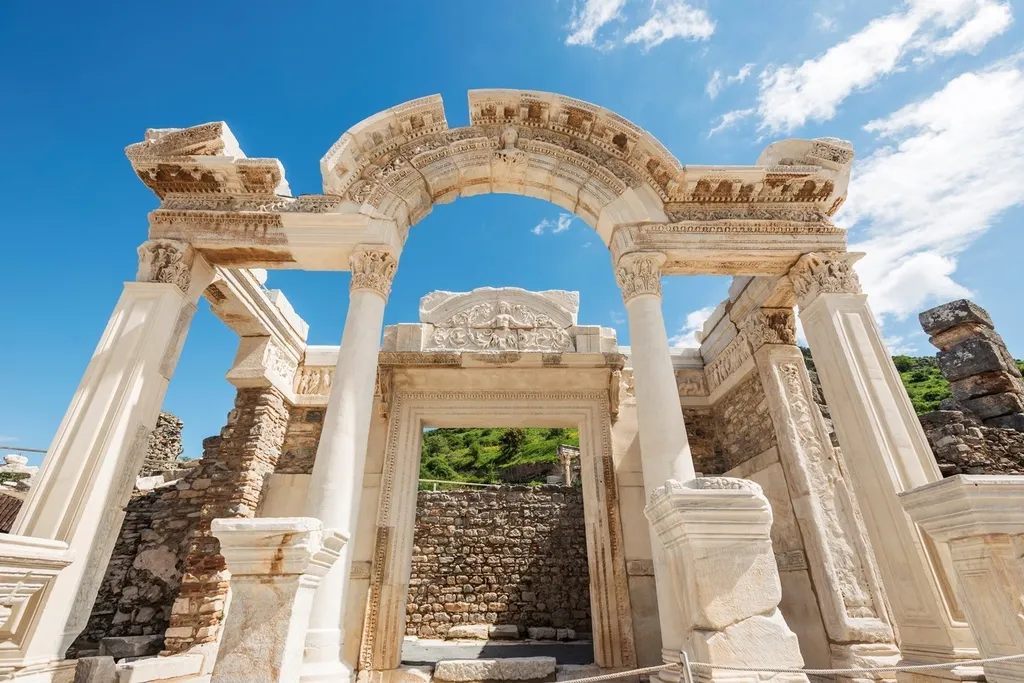In the heart of Izmir, Turkey, a story of resilience and reinvention unfolds, one that transcends the tragic pages of history and emerges as a beacon of modern architectural innovation. The Great Fire of Izmir in 1922, a devastating event that consumed the historic city center, inadvertently paved the way for a remarkable modernization project. This project, spearheaded by architects Réné and Raymond Dangér under the consultancy of Henri Prost, gave birth to a city plan that embodied the spirit of the French urbanism school and fostered a new lifestyle for modern society.
At the core of this transformation was the Izmir Culturepark, a green oasis in the city center that strengthened the image of a contemporary metropolis. But the story doesn’t end there. The International Izmir Fair, held annually in Culturepark starting in 1936, became a pivotal event in the socio-cultural and economic life of the city. The fair’s pavilions, designed for new institutions, provinces, foreign countries, and companies, were not just exhibition spaces but also symbols of innovation and architectural evolution.
Nağme Ebru Karabağ, a researcher from Yasar University, delves into the interior designs of these pavilions, built between 1936 and 1970, in a study published in the Docomomo Journal (International Committee for Documentation and Conservation of Buildings, Sites and Neighbourhoods of the Modern Movement). Her work sheds light on how these structures, despite the constraints faced by the city post-1922 fire, contributed to the development of modern interior design in Turkey.
“The pavilions were more than just structures; they were a canvas for showcasing advancements in building materials and technologies,” Karabağ explains. “They reflected the evolving architectural paradigms of the time and fostered collaborations between various art disciplines.”
The commercial impact of these pavilions was profound. They served as promotional platforms for commercial products, provinces, and countries, driving economic growth and cultural exchange. The study highlights how these spaces influenced the interior architecture profession, setting new standards and inspiring future developments.
As we look to the future, Karabağ’s research offers valuable insights into how modern aesthetics can shape commercial and cultural landscapes. The pavilions of the Izmir Fair stand as a testament to the power of design in driving innovation and economic growth. Their legacy continues to influence contemporary architecture and interior design, offering a blueprint for creating spaces that are not just functional but also symbolic and inspirational.
In an era where sustainability and innovation are at the forefront of architectural design, the lessons from Izmir’s past provide a compelling narrative for the future. The pavilions, with their modern aesthetics and functional designs, offer a glimpse into how spaces can be transformed to meet the evolving needs of society. As we strive to build smarter, more sustainable cities, the story of Izmir’s pavilions serves as a reminder of the power of design in shaping our collective future.

